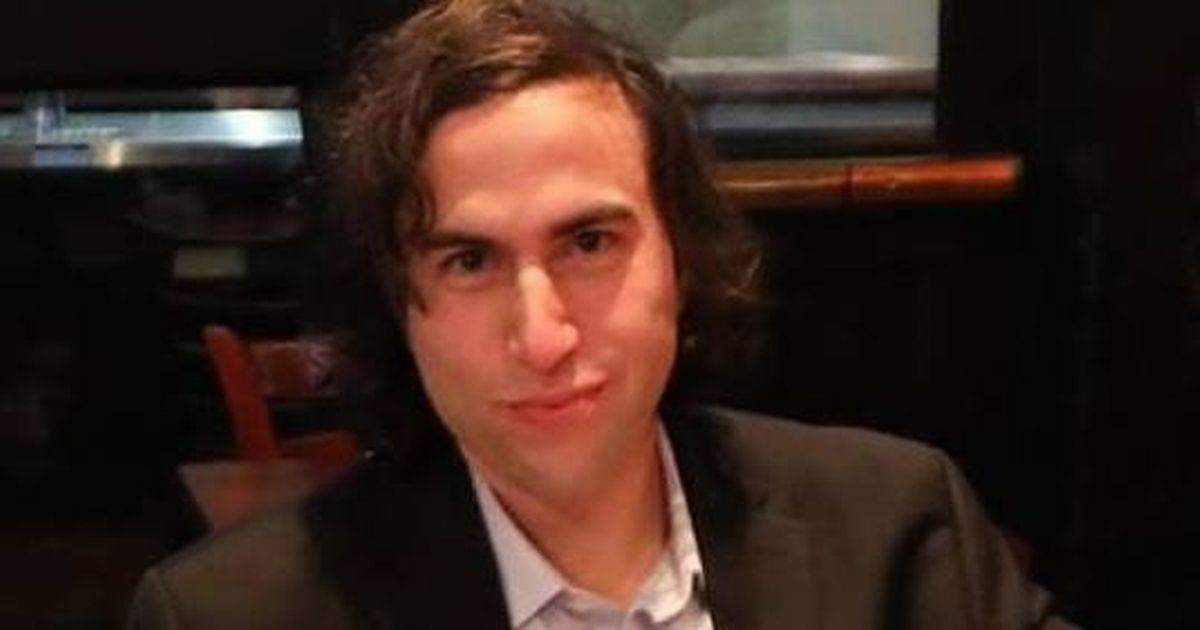
Concern mounts over biohacking “stunts”
The death of a well-known biohacker has sparked a debate about regulation.
The biohacking movement has come under increased scrutiny after the death of one of its best-known members last month.
Alan Traywick, 28, died in a spa in Washington DC on April 29. It is suspected that he took a dose of the drug Ketamine, lost consciousness and drowned. Traywick gained worldwide notoriety last February after injecting himself with a highly experimental herpes treatment in front of an aghast audience at a biohacking conference in Austin, Texas.
While Traywick’s death was not directly related to a biohacking stunt, the debate has intensified over whether biohacking — body modification and augmentation with the aim of gaining enhanced abilities — should be subject to strict regulation. Other biohacking stunts have included DIY biologists injecting themselves with CRISPR and with experimental HIV treatments.
Speaking to the New York Times, Harvard biologist George Church said that synthetic biologists should be closely monitored: “Anyone who does synthetic biology should be under surveillance, and anyone who does it without a license should be suspect.”
“If you really want to do this, there isn’t a whole lot stopping you,” said Dr. Thomas V. Inglesby, director of the Johns Hopkins Center for Health Security in Baltimore.
Yet not all of the scientific community is concerned. University of Queensland biologist Kostas Vavitsas believes that the biohacking movement is capable of “self-regulation”.
“I don’t think that biohackers need a licence; they need to be encouraged and allowed to cultivate transparency and a sense of responsibility within their communities. And so far they are doing a great job”.
Concern mounts over biohacking “stunts”
Xavier Symons
Creative commons
https://www.bioedge.org/images/2008images/alan_traywick.jpg
biohacking
diy biology
human enhancement
synthetic biology
- Can machines be moral? - March 7, 2021
- Can we synthesise Christianity moral theology with secular bioethics? - November 28, 2020
- Euthanasia polling data may fail to capture people’s considered views - August 15, 2020
